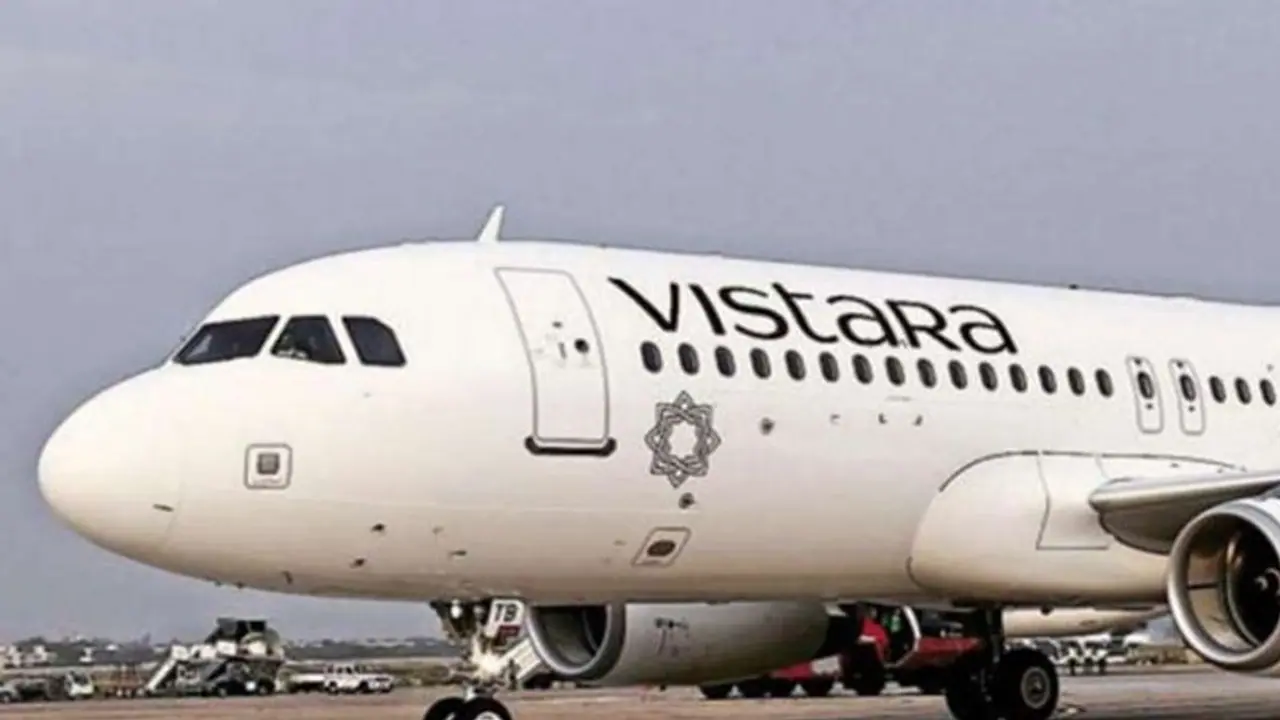A potentially disastrous situation was narrowly avoided at Delhi airport when two Vistara Airlines flights were mistakenly allowed simultaneous takeoff and landing clearance. Quick pilot intervention and Air Traffic Control directives led to the immediate cancellation of the takeoff, preventing a potential collision.
In a potentially catastrophic incident that was averted by quick pilot intervention, the Delhi airport witnessed a close call on Wednesday morning. The scenario unfolded when two Vistara flights were mistakenly given clearance for simultaneous takeoff and landing. The critical situation arose from an Air Traffic Control (ATC) error, leading to one Vistara aircraft being permitted to land on an active runway while another Vistara flight was granted clearance for takeoff from the same runway. Fortunately, the alert pilot's swift response led to the aborting of the takeoff upon instructions from the ATC.

As events unfolded, a Vistara A320 aircraft en route from Ahmedabad to Delhi was directed by the tower controller to cross over to Runway 29R from Runway 29L. Coinciding with this, Flight UK725 from Delhi to Bagdogra was given the go-ahead to take off from the same runway.
Observing the imminent takeoff of the second aircraft, the woman pilot of the inbound Vistara flight promptly notified the ATC. In response, the takeoff was promptly halted under the guidance of the Air Traffic Control.
Following the aborted takeoff, the Delhi-Bagdogra flight returned to the parking bay for necessary checks and adjustments. Officials ensured that the aircraft was refuelled to guarantee a smooth journey, while the braking system was also re-evaluated.
Officials shared insights into the situation, noting that both aircraft had been cleared simultaneously, but the ATC promptly took control of the situation. The ATC instructed the Vistara flight to discontinue its takeoff attempt.
Taking swift action, the Directorate General of Civil Aviation (DGCA) removed the air traffic controller from duty during the incident. A spokesperson affirmed that the occurrence would be subjected to scrutiny by the aviation regulatory authority.
Airport authorities emphasized the gravity of the situation, stating that a potentially severe accident could have unfolded if the takeoff had not been halted in time. Standard operating procedures prohibit aircraft or vehicle movement during takeoff and landing processes.
Passengers on board expressed mild frustration at the cancellation of takeoff due to instructions. A DGCA official highlighted the usual protocol where clearance for takeoff is generally not given unless the aircraft on the second runway has completed its landing.
"However, due to a lapse, if the aircraft is permitted to take off from one runway and the aircraft approaching on the second runway decides to abort the landing and carry out a go-around to climb ahead, the flight path of the two aircraft in the air may come in conflict since the runway they were aligned to were closely spaced," the official added.
